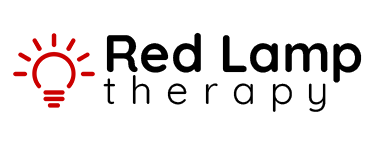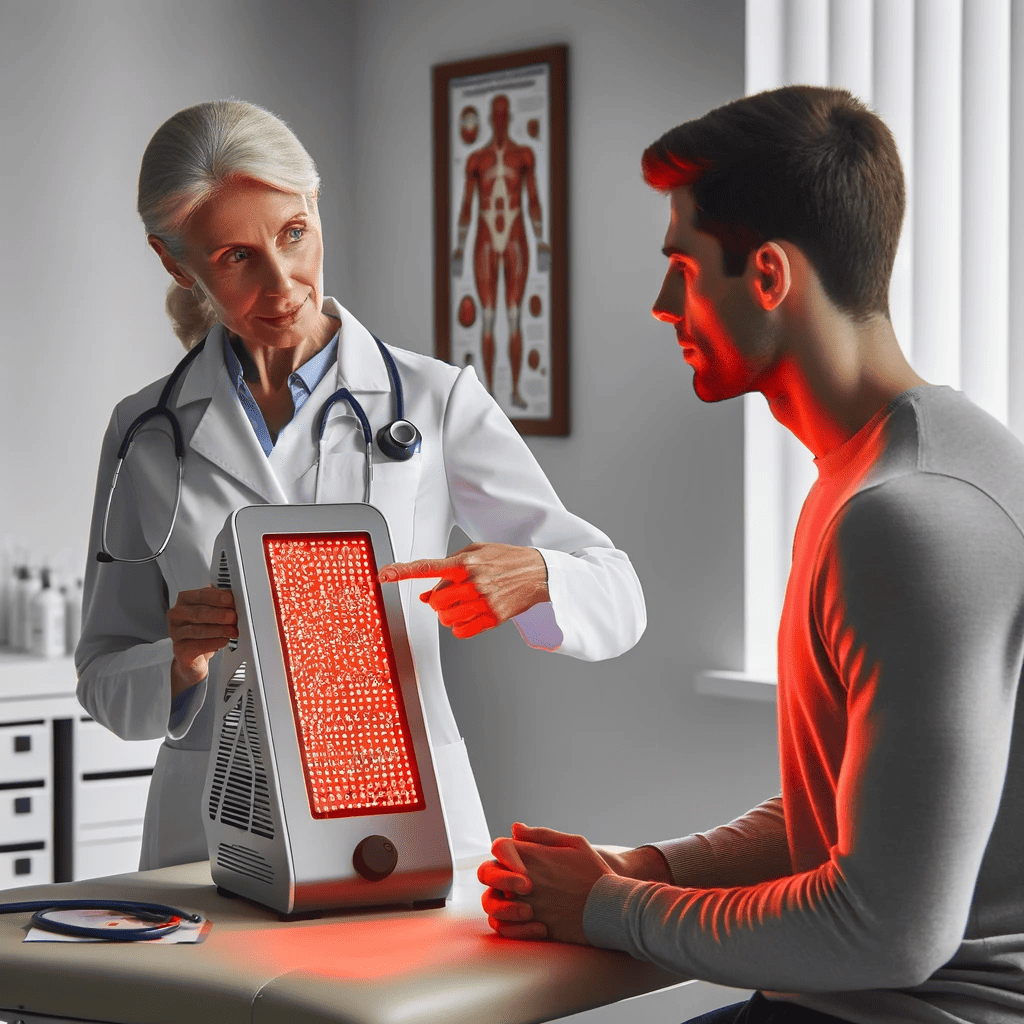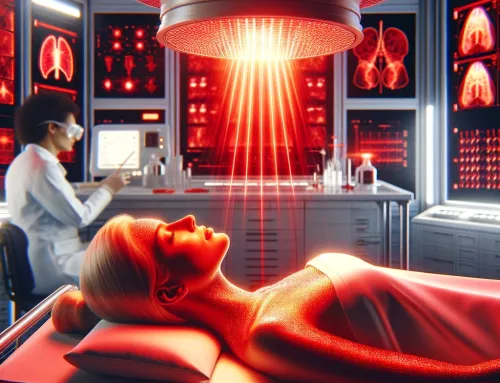Introduction
Red light therapy (RLT), also known as photobiomodulation, has emerged as a revolutionary non-invasive treatment, gaining wide recognition for its diverse health benefits. By using low wavelength red light, this therapy offers healing and rejuvenation. Here are five scientifically-backed benefits of red light therapy.
1. Enhanced Brain Function and Neuroprotection
Red light therapy has shown promising results in enhancing brain function and providing neuroprotection. Studies reveal that RLT can improve cognitive functions and has potential therapeutic effects on brain disorders like Alzheimer’s disease and Parkinson’s disease. It works by stimulating mitochondrial function in neurons, thereby enhancing cell survival and functionality [Rojas & Gonzalez-Lima, 2011].
2. Anti-Cancer Properties
Recent studies have discovered the anti-proliferative effects of red light therapy on cancer cells. For instance, LED red light has shown to induce autophagy in breast cancer cells, providing a novel approach to cancer treatment [Yang et al., 2020].
3. Wound Healing and Tissue Repair
RLT accelerates wound healing and tissue repair. It promotes cell growth and regeneration, making it effective in treating injuries, post-surgical wounds, and diabetic ulcers. Red light therapy enhances collagen production and reduces inflammation, leading to faster healing [Eells et al., 2004].
4. Mental Health Benefits
There’s growing evidence that red light therapy can improve mental health conditions like depression and anxiety. It is believed to enhance mood by impacting neurotransmitter pathways and reducing inflammation in the brain, offering a potential new treatment avenue for psychiatric disorders [Caldieraro & Cassano, 2019].
5. Skin Rejuvenation and Anti-Aging
RLT is widely used for skin rejuvenation and anti-aging purposes. It stimulates collagen production, improving skin elasticity and reducing the appearance of fine lines and wrinkles. Additionally, it helps in treating conditions like acne, rosacea, and eczema, making it a versatile tool in dermatology [Alam & Dover, 2003].
Conclusion
Red light therapy is a multifaceted treatment option that offers benefits ranging from improved brain function and potential cancer treatment to enhanced skin health and wound healing. Its non-invasive nature and lack of significant side effects make it an attractive therapy for various health issues. As research continues to unfold, the scope and effectiveness of red light therapy are only expected to grow.






